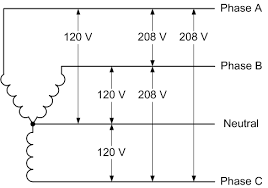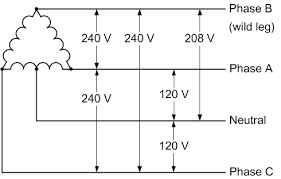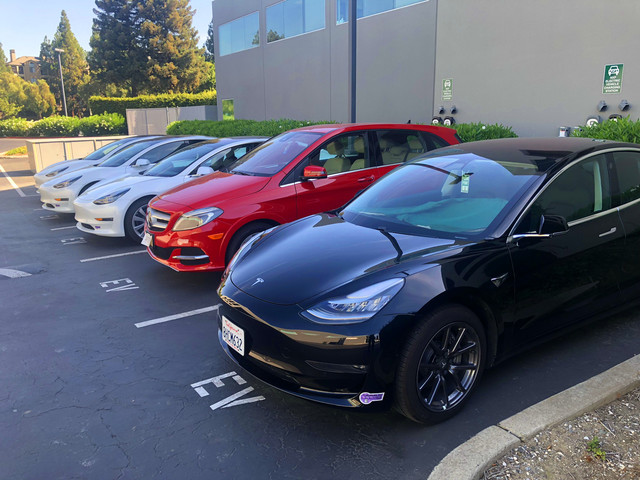JeffRay said:
So I picked up my car after having left it plugged in for 16 hours. Full range extended charge, as expected. It was charging at a 3 KwH rate so could not have been just an L1 charger. Next time, when desperate and plugging in there, will set an exit time for range extended charging mode. It cost me $54 inclusive of $20 charging fee to get 100 extra miles per the GOM. My last choice obviously but handy to have near my apartment.
Ouch! We have come to expect "free" energy for EVs. However, $54 is about the price of a full tank fill on our ICE vehicle (Acura MDX)
May have misunderstood; you needed 16h to charge 100 miles range? Or, your garage kept your vehicle for 16h and the charger kicked off at 100% charging?
JeffRay said:
4. Interesting device you linked to. Multiple uses, not just for our cars. As a total aside, recently put in a portable ac unit but the circuit was tripping each night. Tried to calculate on spreadsheet the total consumption of all the devices on the circuit. Concluded I needed to get a smaller but more efficient ac. Problem solved.
It is a handy gadget! Can be used for any energy audit where you have a regular 120V plug in device. If you know your electricity cost (Kwh) it will give consumption costs over a longer experiment. Helpful for appliances like your refrigerator or AC unit.
Another handy tool is the clamp-on Ammeter.
For example.
You will need to find and separate a hot wire (black) to attach the ammeter. Ripping the jacket off a short extension cord works well. Quite safe - no bare conductors, the clamp uses the transformer principle to sense and measure the current flow in the conductor that passes through the clamp window.
In the EV world we talk about charging amps, and only need the voltage number to calculate energy flow (Kw)
As an aside, it looks as if L2 (and higher) EVSEs are tied to three-phase utility feeds. In the USA this would be 208V (not the common 240V number associated with domestic "split-phase" wiring)
If the feeder comes from a three-phase Wye ("Y") the phase to phase voltage is 208V, but the phase to neutral is the familiar 120V, there is no 240V combination.

On the other hand if the feed is from a three-phase Delta the phase to phase voltage is 240V. One phase is center-tapped as the neutral, to deliver the familiar 120V. But from the Neutral to the "Wild" phase we get 208V. All of this was worked out and made standard in the 19th century.

As you are in NYC the voltages may be less; Edison started with a 96V DC system, and much of NYC is (or was) on 100V AC while the rest of the USA is/was at 110V, and new installations are 120V (increasing the voltage over time helps utility companies deliver more power without more copper (or aluminum) in the feeder cables to homes.
The EVSE's only role is to connect the utility circuit to the vehicle's circuit, and not modify (step up or step down) the voltage. Due to the long EVSE vehicle cable the voltage will drop a bit at the vehicle end. No easy way for me to poke around with a meter...
Peter,






